The following lists events that happened during 1902 in South Africa.
The following lists events that happened during 1906 in South Africa.

The South African Railways Class NG G13 2-6-2+2-6-2 of 1927 was a narrow gauge articulated steam locomotive.

The South African Railways Class NG15 2-8-2 is a class of narrow-gauge steam locomotive.

The Avontuur Railway is a closed railway line between Port Elizabeth and the town of Avontuur in the Western and Eastern Cape provinces of South Africa. It is the longest 610 mm narrow gauge route in the world at a length of 285 kilometres (177 mi). "Avontuur" is the Afrikaans and Dutch word for "adventure".

The South African Railways Class 91-000 of 1973 was a narrow-gauge diesel–electric locomotive.

The South African Railways Class NG G16 2-6-2+2-6-2 was a narrow gauge steam locomotive.

The South African Railways Class NG G11 2-6-0+0-6-2 of 1919 was a narrow gauge steam locomotive.
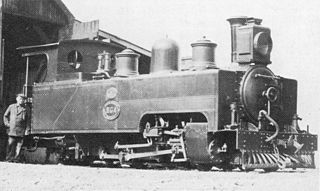
The South African Railways Class NG3 4-6-2T of 1907 was a narrow-gauge steam locomotive from the pre-Union era in the Colony of Natal.
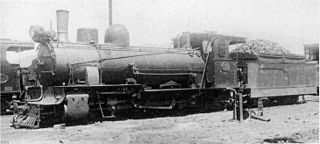
The South African Railways Class NG5 2-8-2 of 1922 was a narrow-gauge steam locomotive.

The South African Railways Class NG6 4-4-0 of 1895 was an ex-Mozambican narrow-gauge steam locomotive from the Beira Railway era.
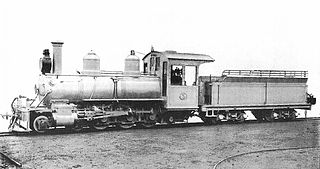
The South African Railways Class NG8 4-6-0 of 1904 was a narrow-gauge steam locomotive from the pre-Union era in the Cape of Good Hope.

The South African Railways Class NG10 4-6-2 of 1916 was a narrow-gauge steam locomotive.

The South African Railways Class NG G12 2-6-2+2-6-2 of 1927 was an articulated narrow-gauge steam locomotive.

The South African Railways Class NG G14 2-6-2+2-6-2 of 1931 was an articulated narrow gauge steam locomotive.

In the early 1900s, 2 ft narrow-gauge railway lines started playing a significant role in South Africa. They facilitated the transport of various agricultural and mineral produce from locations hardly accessible by road. They therefore enabled many communities to become prosperous.
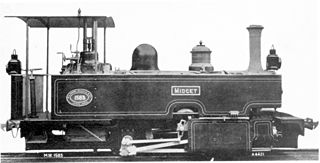
The Cape Government Railways Type C 0-4-0T Midget of 1902 was a South African steam locomotive from the pre-Union era in the Cape of Good Hope.
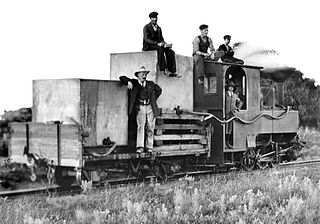
The Cape Government Railways NG 0-6-0T of 1903 was a South African steam locomotive from the pre-Union era in the Cape of Good Hope.

The Cape Government Railways Type A 2-6-4T of 1902 was a South African steam locomotive from the pre-Union era in the Cape of Good Hope.

The Cape Government Railways NG 4-6-2T of 1908 was a South African narrow-gauge steam locomotive from the pre-Union era in the Cape of Good Hope.



















